Einführung

In recent years, the construction industry has witnessed a significant evolution with the introduction of little excavators. These compact machines, often underestimated for their size, have proven to be game-changers in urban construction. This blog delves into how little excavators are revolutionizing the way we build in cities, exploring their features, benefits, applications, and future trends.
The Rise of Little Excavators
Evolution of Construction Machinery
Traditional construction sites once relied heavily on large, cumbersome equipment. However, the shift towards urbanization and the need for more efficient, adaptable tools spurred the development of little excavators. These machines, typically weighing between 1 to 10 tons, are designed to navigate tight urban spaces while maintaining high performance standards.
Key Features and Benefits
Little excavators excel in maneuverability and versatility. Their compact size allows them to access areas inaccessible to larger machinery, such as narrow alleyways and confined construction sites. Despite their smaller footprint, they offer impressive digging depths and reach, thanks to advanced hydraulic systems and robust engineering. This makes them indispensable for tasks like trenching, digging foundations, and utility installations in urban environments.
Little Excavators in Action
Fallstudien
Several case studies illustrate the effectiveness of small excavators in urban construction. For instance, in dense city centers, these machines facilitate efficient excavation and utility line installation with minimal disruption to surrounding infrastructure. Their ability to operate in confined spaces reduces the need for manual labor and lowers overall project costs.
Environmental and Economic Benefits
Beyond operational efficiency, little excavators contribute to sustainability efforts by minimizing fuel consumption and emissions compared to their larger counterparts. This not only reduces environmental impact but also translates into cost savings for construction companies. Furthermore, their smaller size requires less transportation space and allows for easier mobilization between job sites, enhancing overall project efficiency.
Comparison of Little Excavators and Traditional Construction Equipment
| Feature | Little Excavators | Traditional Equipment |
|---|---|---|
| Size | Compact, typically 1-10 tons | Large, ranging from 20 tons and above |
| Wendigkeit | Excellent in tight spaces | Limited in narrow or congested areas |
| Fuel Consumption | Lower due to smaller engines | Higher due to larger engines |
| Emissions | Reduced emissions footprint | Higher emissions output |
| Vielseitigkeit | Suitable for various attachments | Limited adaptability to different tasks |
| Kosten | Lower initial cost and operational expenses | Higher initial cost and operational expenses |
Exploring Innovations and Trends

Technologische Fortschritte
Recent innovations in little excavators focus on enhancing their operational efficiency and user-friendliness. Advanced telemetry systems and remote monitoring capabilities enable real-time performance tracking and predictive maintenance scheduling. Moreover, integration with smart construction technologies, such as AI-driven analytics and autonomous operation, promises to further streamline workflows and optimize resource utilization in urban construction projects.
Future Outlook
Looking ahead, the role of little excavators in urban construction is poised to expand. As cities grow denser and environmental regulations become stricter, the demand for compact, efficient machinery will only increase. Innovations in material sciences and energy-efficient designs will likely drive further improvements in performance and sustainability, reinforcing the position of small excavators as indispensable tools for modern urban development.
Abschluss
Abschließend, little excavators represent a transformative innovation in urban construction technology. Their ability to combine compact size with powerful performance makes them invaluable for navigating the complexities of modern cityscapes. As technological advancements continue to enhance their capabilities and sustainability, small excavators are set to play a pivotal role in shaping the future of urban development, offering efficiency, versatility, and environmental responsibility to construction projects worldwide.
FAQ
Q:What are the typical applications of little excavators?
A:Little excavators are versatile machines used for a wide range of tasks in urban construction, including digging trenches, excavating foundations, landscaping, and installing utility lines.
Q:How do small excavators compare to larger construction equipment?
A:While larger equipment offers greater power and reach, small excavators excel in maneuverability and efficiency in confined spaces. They are ideal for urban environments where space is limited and access is challenging.
Q:What are the environmental benefits of using little excavators?
A:Little excavators consume less fuel and produce fewer emissions compared to larger machinery, contributing to reduced environmental impact on construction sites. Their compact size also minimizes disruption to surrounding areas and infrastructure.


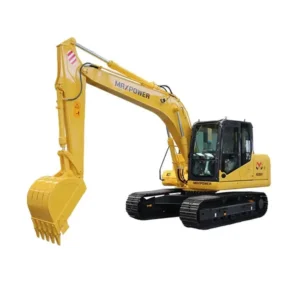
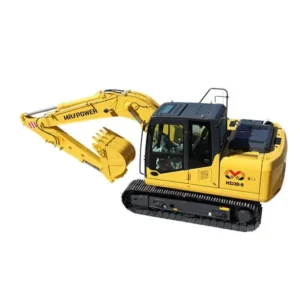
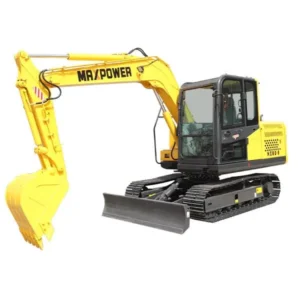
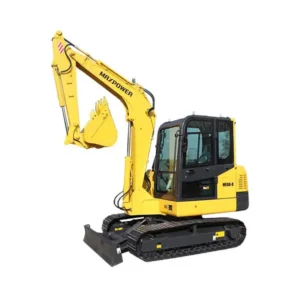
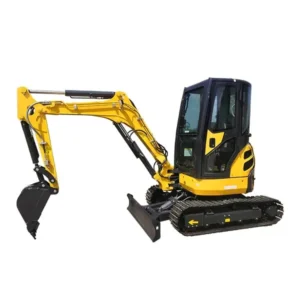
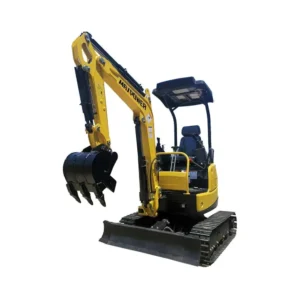





-150x150.webp)
